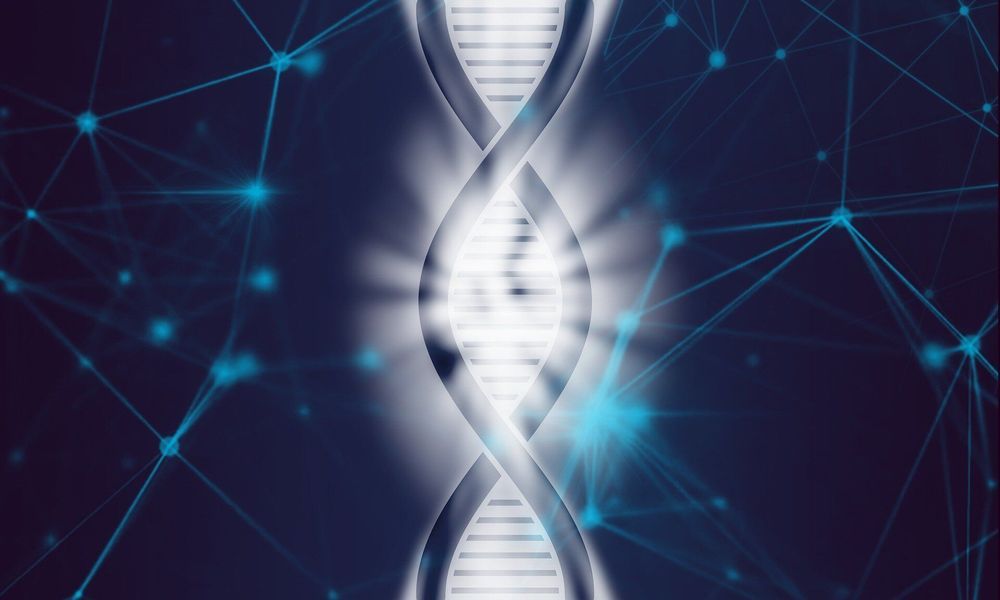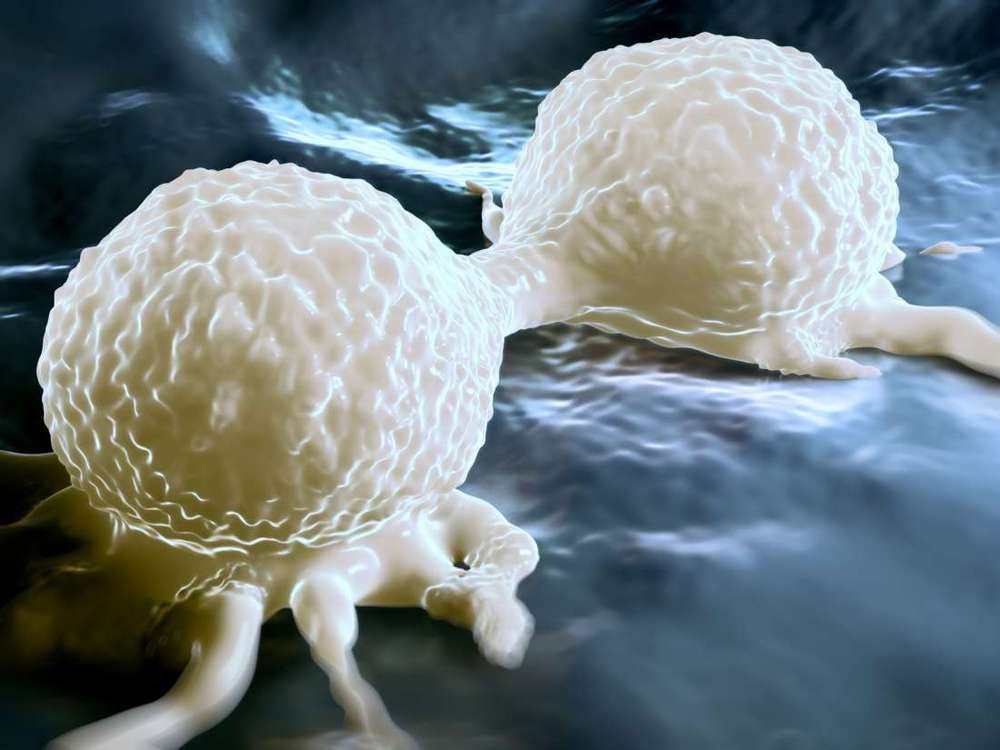Find out more: http://theory-of-thought.com/blog/approximations-foundation-hidden-framework/



Endemic to the mountain forests of New Guinea, the King of Saxony bird-of-paradise (Pteridophora alberti) is best-known for the flamboyant, mate-attracting efforts of its males. The bird’s courtship displays – which often double as a means of keeping competitors at a comfortable distance – make use of bright yellow breast feathers, wildly waving head plumes and peppy dance manoeuvres capped off with an exceptionally outsized, almost otherworldly bit of squawking. This video from the Cornell Lab of Ornithology provides a rare glimpse into the world of this idiosyncratic little bird, which has proven notoriously difficult to photograph in its rugged natural habitat.
Director: Tim Laman
Websites: Cornell Lab of Ornithology, Birds of Paradise Project.

While solar and wind power are rapidly becoming cost-competitive with fossil fuels in areas with lots of sun and wind, they still can’t provide the 24/7 power we’ve become used to. At present, that’s not big a problem because the grid still features plenty of fossil fuel plants that can provide constant baseload or ramp up to meet surges in demand.
But there’s broad agreement that we need to dramatically decarbonize our energy supplies if we’re going to avoid irreversible damage to the climate. That will mean getting rid of the bulk of on-demand, carbon-intensive power plants we currently rely on to manage our grid.
Alternatives include expanding transmission infrastructure to shuttle power from areas where the wind is blowing to areas where it isn’t, or managing demand using financial incentive to get people to use less energy during peak hours. But most promising is pairing renewable energy with energy storage to build up reserves for when the sun stops shining.
Tesla is launching today a solar rental service – a brand new way to get a solar panel system on your roof for as little as $50 per month without any long-term contract.
SolarCity pioneered new models to sell solar power systems with no upfront cost by leasing them to homeowners and selling them the electricity it generates, like a regular electric utility.
The model created impressive growth, but it required them to pay for the costly systems upfront on most installations, which weighed heavy on their financials.

Some people live much longer than average, partly thanks to their DNA. A study, published in the European Heart Journal, shows that it could be possible to replicate this genetic gift even for those lacking it. The way is now open to an innovative therapy model capable of preventing and fighting cardiovascular diseases through a real rejuvenation of blood vessels.
The study, conducted by the I.R.C.C.S. Neuromed, the I.R.C.C.S. Multimedica and the Department of Medicine, Surgery, and Dentistry, Salerno Medical School University of Salerno, with the support of the Cariplo Foundation and the Italian Ministry of Health, focuses on the gene that encodes the BPIFB4 protein. In the past, the same research group had identified a variant of this gene, the so-called LAV (“longevity associated variant”), which prevails in people over 100 years of age. Now, through a viral vector, researchers have inserted the LAV-BPIFB4 gene into the DNA of animal models particularly susceptible to atherosclerosis and, consequently, to cardiovascular diseases.
“The results—says Annibale Puca, coordinator of a research team at the University of Salerno and at I.R.C.C. MultiMedica—were extremely encouraging. We observed an improvement in the functionality of the endothelium (the inner surface of blood vessels), a reduction of atherosclerotic plaques in the arteries and a decrease in the inflammatory state.”
MIT created this self-assembling chair and cell phone.
This hack lets you play floppy disk games on your smartphone.
The potential for quantum computing to crack other countries’ encrypted networks has captured the attention of national governments. Which of the world’s fundamental challenges could be solved by quantum computing?
Click here to subscribe to The Economist on YouTube: https://econ.st/2xvTKdy
For more from Economist Films visit: http://films.economist.com/
Check out The Economist’s full video catalogue: http://econ.st/20IehQk
Like The Economist on Facebook: https://www.facebook.com/TheEconomist/
Follow The Economist on Twitter: https://twitter.com/theeconomist
Follow us on Instagram: https://www.instagram.com/theeconomist/
Follow us on Medium: https://medium.com/@the_economist

Cancer, by nature, is a destructive force. Sometimes, it spreads, or metastasizes, to a distant body part. While some cancer cells die during this process, others might go on to create additional tumors.
The majority of treatments are ineffective at curing metastatic cancer, so it is vital to find ways to stop the cancer cells from spreading.
Researchers believe electromagnetic fields can help. While this has been a point of interest for years, it is only recently that experts have begun to unravel the mechanism.
